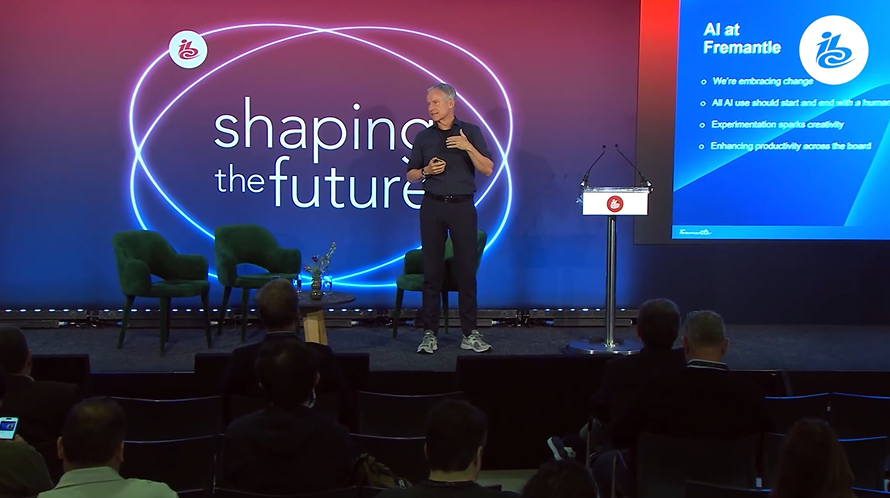The Coalition for Content Provenance and Authenticity (C2PA) is an organisation developing technical methods to document the origin and history of digital media files, both real and fake.
In April 2022 a BBC news report claimed that Ukraine was behind a missile attack on a Donbas station that killed 57 people. The video opened with a BBC logo and had the broadcaster’s watermark in the corner. It was a fake, as a BBC Verify journalist pointed out on X but it was also a wake-up call to the broadcaster to do something about rising deepfake disinformation.
“Everyone was horrified to see the fake video but the only thing we could do was tweet denials,” said Laura Ellis, Head of Technology Forecasting, BBC. “For some it was the ‘Aha!’ moment when they fully realised we needed to do more.”
Fortunately, the corporation was already pioneering efforts to go beyond flagging deepfakes after the event and to show audiences the source of video it publishes up front.
“The work of BBC Verify is key in terms of fact checking and signalling to the audience if we’ve not been...
You are not signed in
Only registered users can read the rest of this article.

Age diversity: What to do about an age-old problem?
In the era of the 100-year life, is it time for the M&E industry to revisit its relationship with age diversity? As mid-career challenges and skills shortages intensify, IBC365 investigates the professionals striving to give more, over longer periods of time.

MovieLabs: Creating an industry-aligned vision for the future of media creation
How MovieLabs is building on two decades of development in film and television to help guide the future of media creation.

CES 2026: “The ChatGPT moment for physical AI is nearly here”
Passive language-based text-to-video models are so last year. From the enterprise to the home to the creative suite, the future is multi-modal AI capable of massive three-dimensional world building and physical interaction.

Multi-camera live virtual production on a broadcast budget
German broadcaster SWR claims a world first live multi-camera virtual production with potential learnings for broadcasters everywhere.

M&E predictions and analysis: “It's going to be an exciting decade”
Four top media analysts reveal their data-backed assessments of 2025, as well as their predictions for 2026 and beyond.


.jpg)


